
Or so I thought. This all stems from the fact that I'm a simple man and I like simple solutions, such as having one harness for everything. That might be OK in North Wales, where winter climbing is an occasional treat and ski touring is out until the gulf stream shifts in 25 years, but in Chamonix where I now live it is a bit a non starter. For a while now I've been battling on and trying to climb everything from single pitch sport routes to alpine north faces in winter, and do multi day ski tours, all using the same harness. It was useful in that it provided a mini excuse for poor performance in all disciplines – too heavy/light, too fat/thin, too big/small depending on the chosen activity, but ultimately it was time for an upgrade.
The first thing that struck me when the R320a arrived was how light it was – it looked like a harness but weighing just 325 grams, it certainly didn't feel like any I'd owned before. I've always been a bit sceptical of superlight harnesses – they look nice but I find it hard to believe that they could be much more comfortable than cheesewire.
In typical style I instantly took the R320a out ski touring and was extremely impressed, despite it being designed for rock climbing. It was comfortable to the extent that I couldn't even tell I was wearing it, and felt nice and secure on the awkward abseils we had to do to access our couloir. With it still being March, and no rock climbing in sight, its next outing was to climb the North West face of Les Droites, and again it was supremely comfortable, including during our 'character building' night sat on the summit while we waited for the sun to come up before trying to find the descent. The 320a was perhaps a little too soft to accommodate ice screw clippers, but that just serves me right for pursuing my one harness for everything policy.
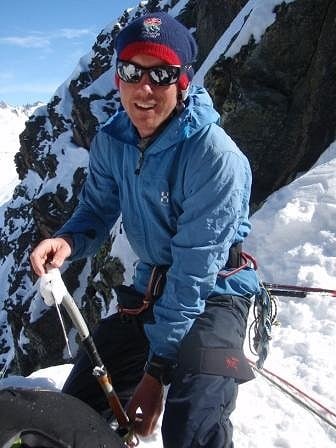
So back to rock, and what the harness was designed to do. Summer began early in the Alps this year and I got through plenty of granite as well as several sport climbing trips down in Provence. The 320a was, quite simply, a revelation. As an experiment I swapped into my old harness for a day in Provence and was shocked at how awkward it felt. For a start, I was actually conscious of it, the leg loops seemed cumbersome and awkward, and despite being heavier it hurt more when I took leader falls.
There are several reasons for this level of comfort, the main one being Arcteryx's new Warp Strength Technology which has gone into making the harness 'like wearing nothing'. I was a bit sceptical about this initially but it is actually pretty spot on. Furthermore, the fully adjustable leg loops, with quick adjustment system, mean that even if swapping between clothing systems the harness always fits well.
"...There are several reasons for this level of comfort, the main one being Arcteryx's new Warp Strength Technology which has gone into making the harness 'like wearing nothing'..."
More about Warp Strength Technology in this UKC News Item:
VIDEO: Arc'teryx 2011 Harness Designs
The gear loops are the other big plus point – they are MASSIVE! The front ones in particular are so huge that when climbing on granite it was possible to keep all the cams close at hand without them ever getting clogged up as they can do if crammed too tightly together. Furthermore, the harness loops slope down slightly at the back, so as the loops empty the gear all shifts back. At first I found this a bit disconcerting as I initially couldn't find gear without looking, but having practised a few blind grabs I soon got used to it.
Overall the harness is perfect for all types of rock climbing. Comfortable for long multi pitch routes and endless belays, quick to adjust when swapping between layers at cold sport crags, and plenty of space for a big rack of gear. It is pretty expensive but the old adage that you get what you pay for applies here – an awesome piece of kit.
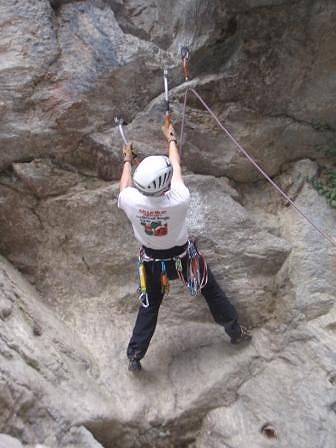
Arc'teryx R320a
- 325g
- Non-structural haul loop
- Two drop seat buckles
- Wear safety markers on belay loop and tie-in points
- WST load is evenly supported across entire harness structure
- Self locking buckle
- Stretchy mesh storage bag
- Large width WST (Warp Strength Technology) swami belt
- Four gear loops
- Adjustable leg loop
- 7075 T6 aluminum anodized buckle
- Burly Double Weave four-way stretch fabric
- Vapour Mesh
- Type 66 nylon webbing
- Polyurethane gear loops
- Spacermesh
About Charlie Boscoe
Charlie Boscoe is a skier and climber based in Chamonix, France. In between running his successful blog on Chamonix climbing conditions he also heads up expeditions and has recently lead a group up Kilimanjaro, Africa's highest mountain. You could say he has started the 'Seven Summits'. He likes Rugby, but we don't hold that against him too much.

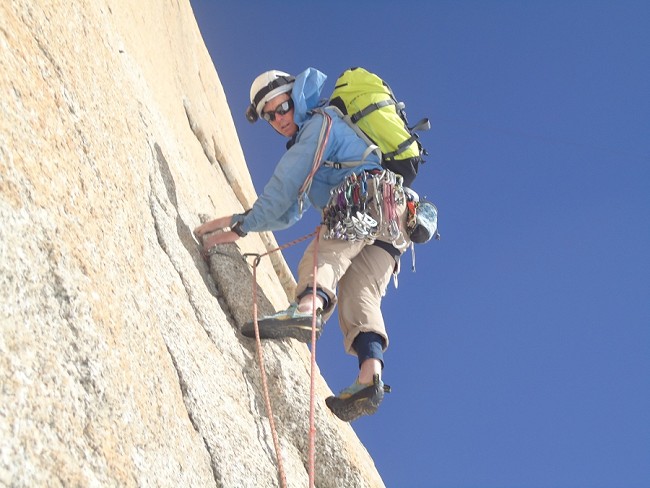
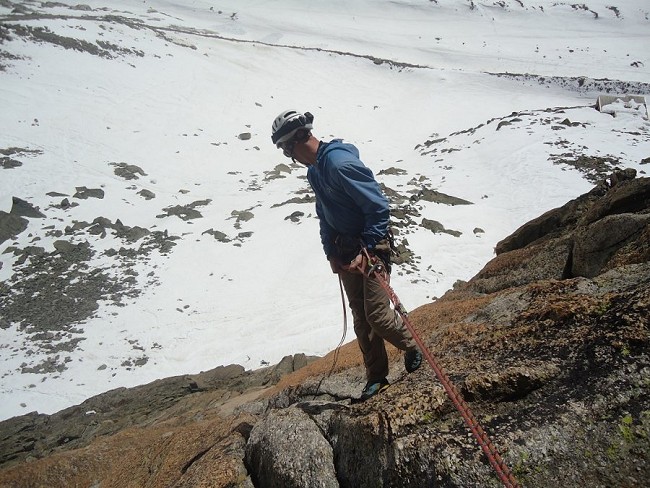
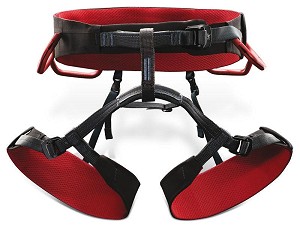
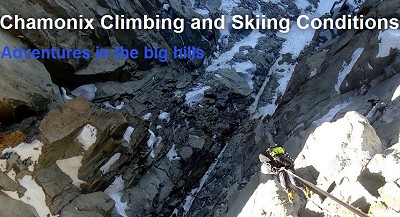







Comments